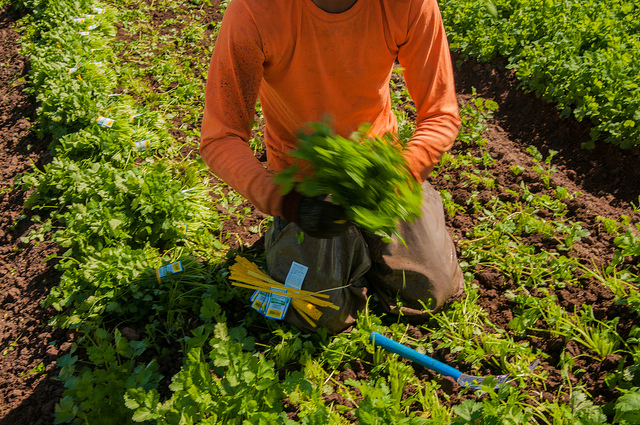Ecological research in images
(Click the below image to view the photo gallery.) This week, the American Museum of Natural History launched the exhibit “Picturing Science: Museum Scientists and Imaging Technologies” which explores the images produced by scientists while performing research. The images range from bug genitalia to staghorn coral (see video at the end of this post). As quoted in a recent Wired…
